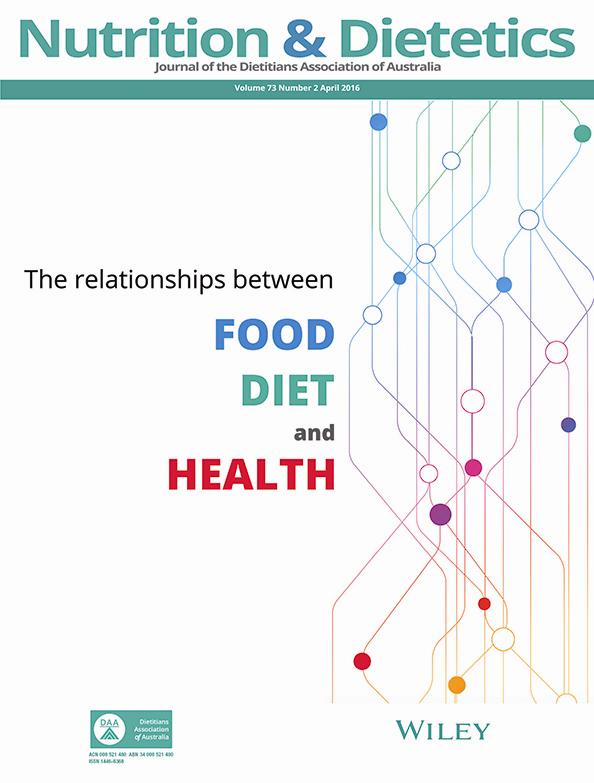Validity and reliability of bioelectrical impedance analysis to estimate body fat percentage against air displacement plethysmography and dual-energy X-ray absorptiometry
Abstract
Air displacement plethysmography (ADP) and dual-energy X-ray absorptiometry (DXA) are well-regarded methods for predicting body fat percentage (BF%). Bioelectrical impedance analysis (BIA) also predicts BF% and has distinct advantages in research settings.
Aim
To assess the validity of BIA against ADP and DXA to measure BF%, and to test the reliability of each method.
Methods
Adults (n = 166) with a wide range of body mass index (19–38 kg/m2) were tested twice during a 5-day period. ADP was conducted in a BodPod (Life Measurement Inc, Concord, CA, USA); DXA measurements on a QDR Discovery A (Hologic) and BIA measurements used the InBody 230 (Biospace Ltd., Seoul, Korea). Agreement between measurements was analysed using t-tests, effect size, linear regression models and method of triads (estimating true value).
Results
BIA showed excellent relative agreement to the estimated true value (ρ = 0.97 (0.96, 0.98)) and to ADP (R2 = 0.88) and DXA (R2 = 0.92), but wide limits of agreement (−4.25 to 8.37%). BIA underestimated BF% by 2%, across all values. DXA showed excellent relative agreement to the estimated true value (ρ = 0.97 (0.96, 0.98)) and with ADP (R2 = 0.92), good absolute agreement but wide limits of agreement (−6.13 to 6.91%) and under- and overestimation at high and low BF% levels, respectively. All methods showed excellent reliability with repeat measurements differing by less than 0.2% with very small 95% CIs.
Conclusions
BIA may be a valid method in research and population samples. All three methods showed excellent reliability.




